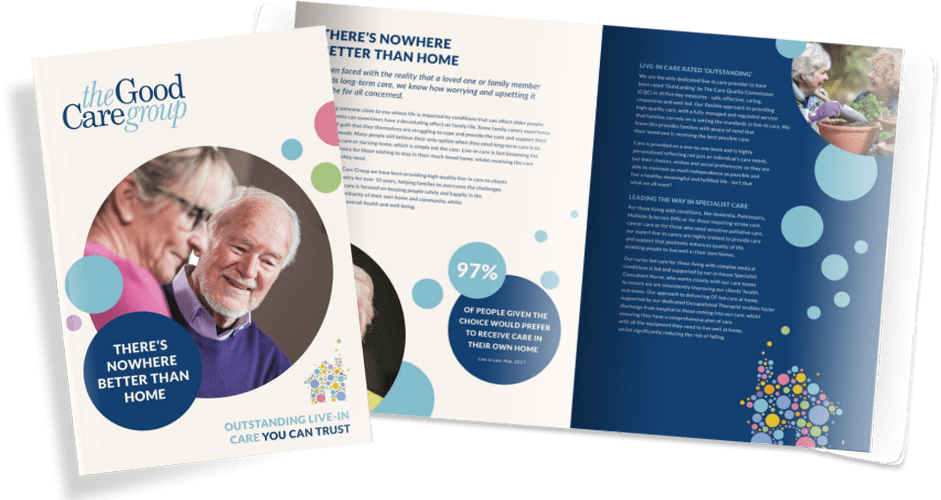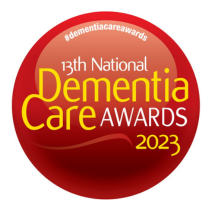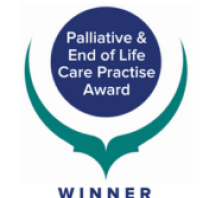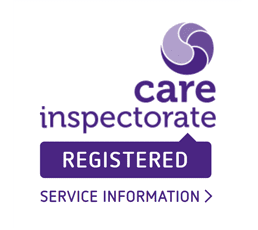Looking for a job?
Looking for a rewarding and life-changing career? Learn more about our carer jobs and find a role that works for you.

Training endorsed by
Age UK
All of our carers complete an induction training programme developed by in-house clinicians and experienced trainers, which is endorsed by Age UK. Enhanced training is also provided for complex care needs.

Fully managed
service
We are not a care agency; this means we fully employ, train and supervise our care staff. We are also regulated by the regulatory bodies for care – the Care Quality Commission in England and the Care Inspectorate in Scotland.

Dementia care
experts
Our in-house experts, including Admiral Nurse Dr Jane Pritchard, lead and support our care teams to deliver dementia home care for a variety of different dementia types and stages.

Award-winning
care
We’ve won more awards than any other home care provider for our service, training and culture. These include winners of a Leaders in Care Award and National Dementia Care Award.
Download our brochure
To find out more about our award-winning care services, download our brochure.

Our home care services
Offering care and companionship at a time when they’re needed most, our one-to-one service is tailored entirely to your needs, while also providing complete peace of mind for your family. A genuine alternative to care homes, it offers the support you need to continue enjoying an independent life at home.
Our care is highly adaptive, evolving as your needs change, but always remaining compassionate and dignified, whether you need help with daily activities, personal care or with managing a complex condition like dementia.
![]()
Dementia care experts
![]()
Carefully matched to your carer
![]()
Award winning care
![]()
Complex care specialists

Live-in care
A compassionate and and expertly-trained carer will move into your home, providing round-the-clock support that improves overall health and well-being. We offer highly personalised, one-to-one care that reflects individual needs, choices, and social preferences, allowing clients to maintain their independence and preferred lifestyle.

Hourly care
We are proud to extend and build upon our ‘Outstanding’ CQC-rated live-in care service to deliver hourly care. Popping in for care visits for as little as one hour, our professional carers can assist with anything from making your lunch, supporting personal care routines or assisting you out and about in the local community.
Read why our clients choose us
Your care journey

Speak to us
Our dedicated client services team can answer all of your important questions. Call us on 0203 728 7577.

Free home care assessment
Meet your local care manager to discuss your needs and preferences in detail during your free care assessment.

Care begins
Meet your carefully matched professional carers who will provide you with high-quality care at home.
Speak to us
Our dedicated client services team can answer all of your important questions. Call us on 0203 728 7577.
Free home care assessment
Meet your local care manager to discuss your needs and preferences in detail during your free care assessment.
Care begins
Meet your carefully matched professional carers who will provide you with high-quality care at home.
Advice & support
Read our helpful articles on home care services and living well at any age.
Awards and accolades











